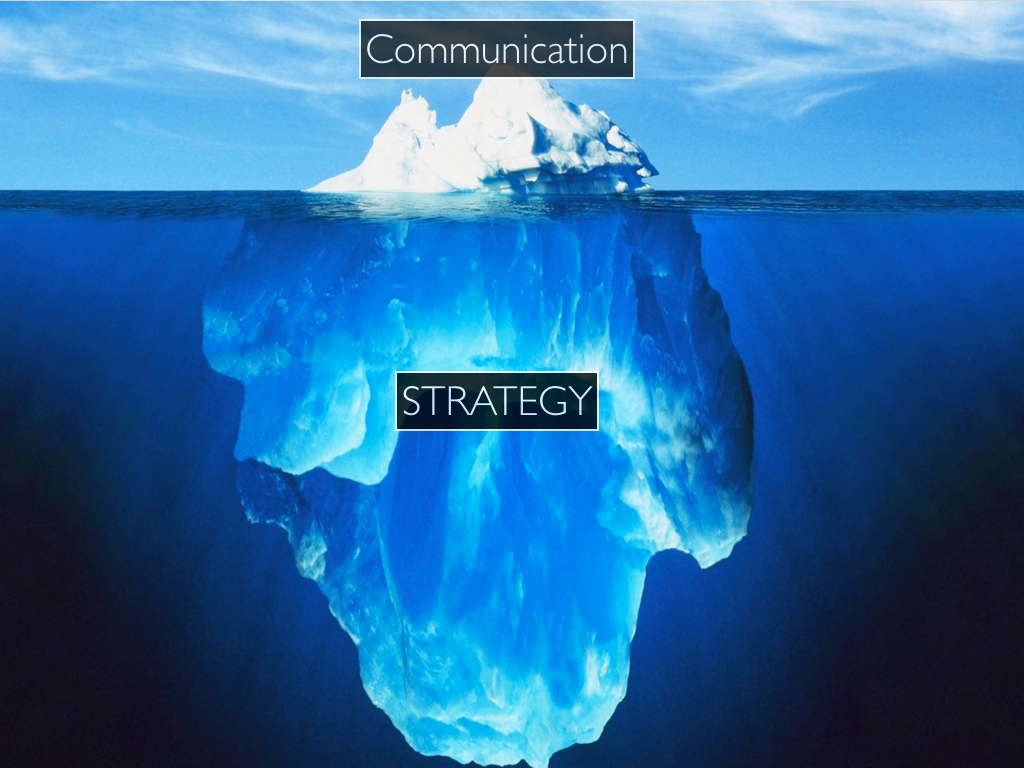
In 2012, I attended a meeting on human embryonic stem cells (hESCs) at the EU parliament in Brussels. The room was packed with members of the parliament and other influential decision makers. Top experts came to present their (really) exciting results with hESCs in an understandable way. It was clearly a lobbying effort to support the funding of hESC studies, which was under ferocious discussion at the EU parliament (eventually, the parliament voted to continue funding under the Horizon2020 framework program).
The first speaker, a prominent stem cell expert, showed beautiful microphotographs of a blastocyst (the early-stage embryo that provides the original material for hESC lines) and asked the audience to reflect on whether it could be labeled as a “human life.” That was fair and effective. People had an opportunity to look at the real, pin-point-size human cell-ball (a blastocyst contains only 200-300 cells) and make up their own mind without any bias. So far so good.


